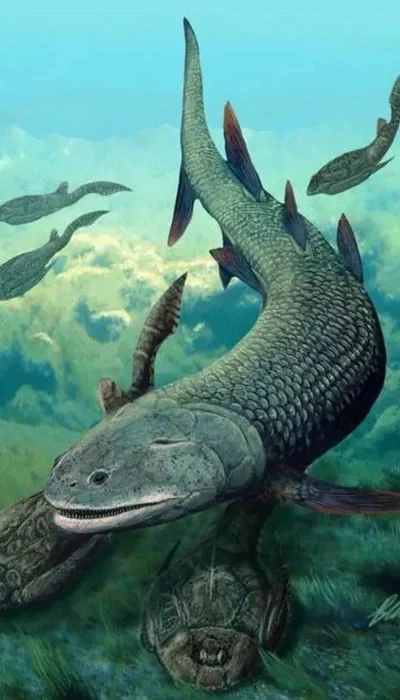
A false boa, Pseudoboa nigra, eating a lava lizard, Tropidurus hispidus.
Image credit: Ivan Prates, University of Michigan.
100 million years ago the ancestral snake was just another lizard but then suddenly (on the evolutionary timescale) something happened that enables snakes to diversify into thousands of different species while the other lizards plodded along slowly, diversifying at a much slower rate than the snakes.
But what was it that allowed this sudden radiation into so many species and why did it give the snakes the edge over their cousins the lizards? It was an event that an international team led by University of Michigan biologists have called an evolutionary singularity, in an analogy with whatever was at the start of the Big Bang.
The team has estimated that snakes have evolved up to three times faster than lizard, an ability that was facilitated by three things - an elongated body and loss of legs; enhanced sensory detection enabling them to find and track prey, and a flexible skull that enabled them to swallow large prey.
In an attempt to understand this, the team assembled a large database of lizard and snake diets from examining the stomach contents of tens of thousands of museum specimens. They also sequenced the partial genomes of almost 1,000 species from which they were able to construct the evolutionary trees of lizards and snakes.
Their findings are the subject of a paper in Science and of a news release from the University of Michigan:















































